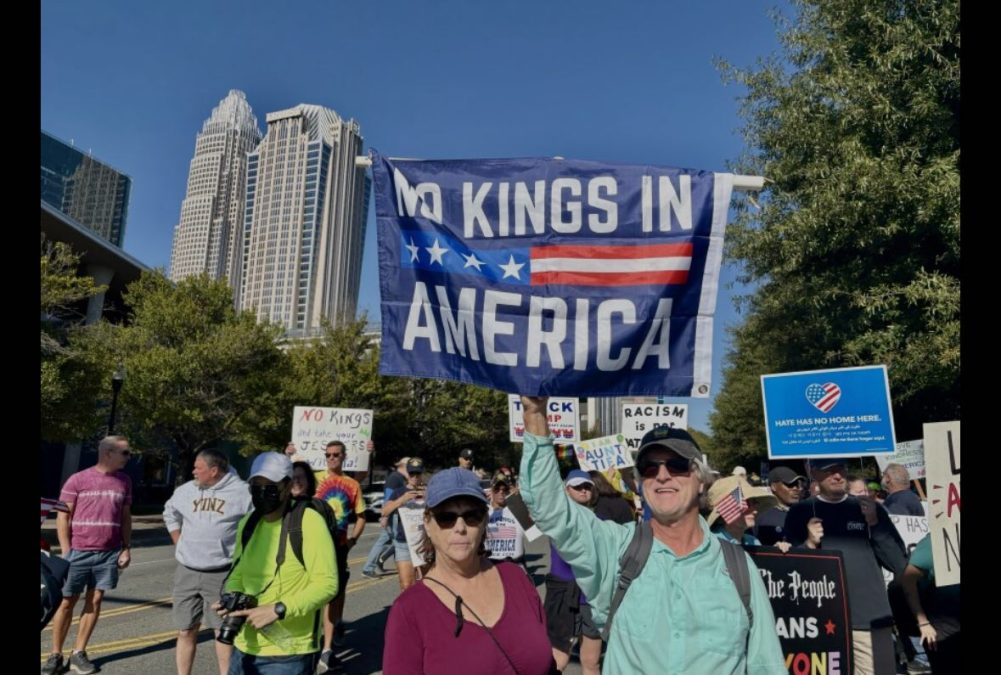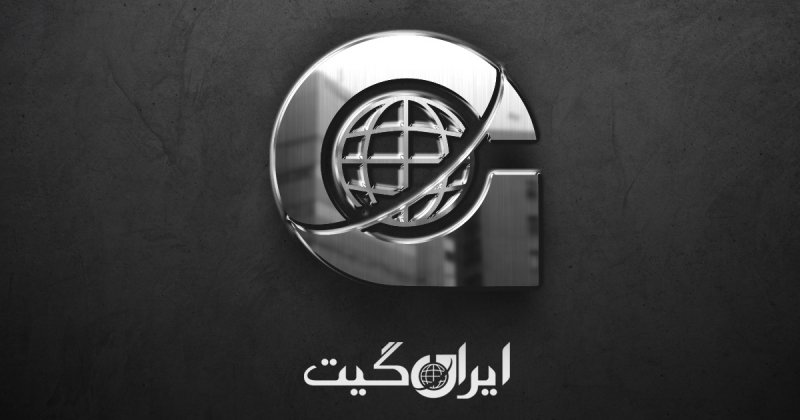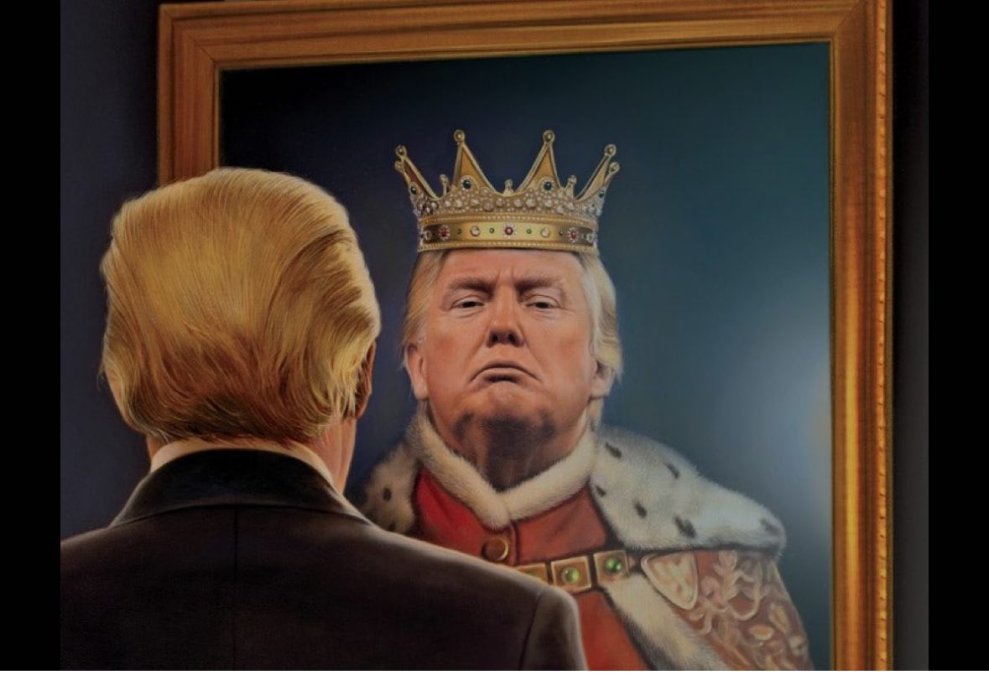Trump and the Shadow of Individual Power Over the American Republic System
Trump and the Shadow of Individual Power Over the American Republic System
Following widespread protests by millions of American citizens in over 2,600 cities against Donald Trump’s government policies, the political atmosphere in the United States has entered a new phase of tension and polarization.
This report, penned by Saeed Aghanji, editor-in-chief of the IranGate News Agency, examines the social and political backgrounds of these protests, the manner of exercising power in Trump’s second term, and its potential consequences on the political structure and international behavior of the United States.
Nationwide Protests in the United States and Their Political Consequences

On Saturday, October 18, 2025 (26th of Mehr, 1404 in the Iranian calendar), widespread protests against Donald Trump’s government policies were held in more than 2,600 cities across the United States. Estimates have put the number of participants between six to seven million people.
These gatherings were held without any specific incidents. The main slogan of the protests was ‘No to the King,’ a phrase that symbolically criticized the political performance of the President during the first eight months of his second term, with some seeing it as a sign of concern over the concentration of power in the American political structure.
One of the prominent placards at these gatherings bore the phrase ‘Monarchy died in 1776,’ referring to the American Revolution and the end of the monarchy in that country.
In response to these slogans, Trump stated in a brief interview in the city of Knox, ‘I am not a king.’ Political observers consider this event as one of the notable points in recent social developments in the United States.
To sociologically examine this event, three axes must be considered: first, the manner of exercising presidential power in Trump’s second term; second, the reaction of elites and public opinion towards it; and third, its potential domestic and international consequences.
It should be noted that political developments within the United States always have a direct impact on the country’s international orientations, and there is a structural link between its domestic policy and foreign behavior.
In the past nine months, analysts believe that the political decision-making structure in Trump’s second government has become more focused on the role of the President than before.
According to many observers, in contemporary American history, it is rare to find a period where executive power has been so concentrated at the individual level.
This concentration of power can be observed in three main indicators: first, the significant increase in the government’s reliance on the President’s executive orders. This tool, which is essentially used for implementing laws and necessary decisions, has been used in such a way in the recent period that it sometimes replaces the legislative process in Congress.
Reports indicate that on some days, several executive orders have been issued in a short span, a trend perceived as increasing the direct authority of the presidency and limiting the role of other institutions.
The second indicator is the widespread appointment of individuals loyal to the President and the restructuring of part of the United States’ bureaucratic structure.
Critics believe that in some executive agencies, expert opinions contrary to the White House’s positions have faced resistance, and numerous administrative changes have occurred. According to some reports, this trend has also affected military institutions.
The third mentioned characteristic is the manner of dealing with political opponents. Analyses show that in some cases, the government has used legal tools, including the Department of Justice, to pursue legal cases against critics.
Some observers have spoken of the politicization of the Department of Justice and referred to cases such as James Comey, the former FBI director, and John Bolton, the former National Security Advisor.
Alongside these, reports of the restriction of certain civil liberties and increased tensions between the government and the media have been published.
In the American media space, some opponents have used the term ‘King Trump’ to describe this situation, although his supporters consider these interpretations unfair.
In contrast, government opponents have tried to use legal avenues to limit the scope of executive powers. One example is referring cases to the courts to prevent the deployment of the National Guard to states where the governors belong to the opposing party.
The government has justified this action as a means to combat crime and control illegal immigration, but critics view it as an extralegal measure.
On a social level, the recent protests reflect opponents’ efforts to transform opposition to government policies from a partisan issue into a public movement. It is predicted that this type of protest will recur at regular intervals.
The outcome of these developments is still unclear, but two significant trends can be identified: first, the continued political and social polarization in American society, a trend reflected in statements by some officials, including Johnson, the Republican Speaker of the House.
In response to the recent protests, he stated that these gatherings are not against Trump but against the United States. Second, the continued ideological fluctuations in American domestic politics, fluctuations that have persisted since the founding of the country’s republic between two major governance approaches and are likely to continue in the upcoming midterm elections.

